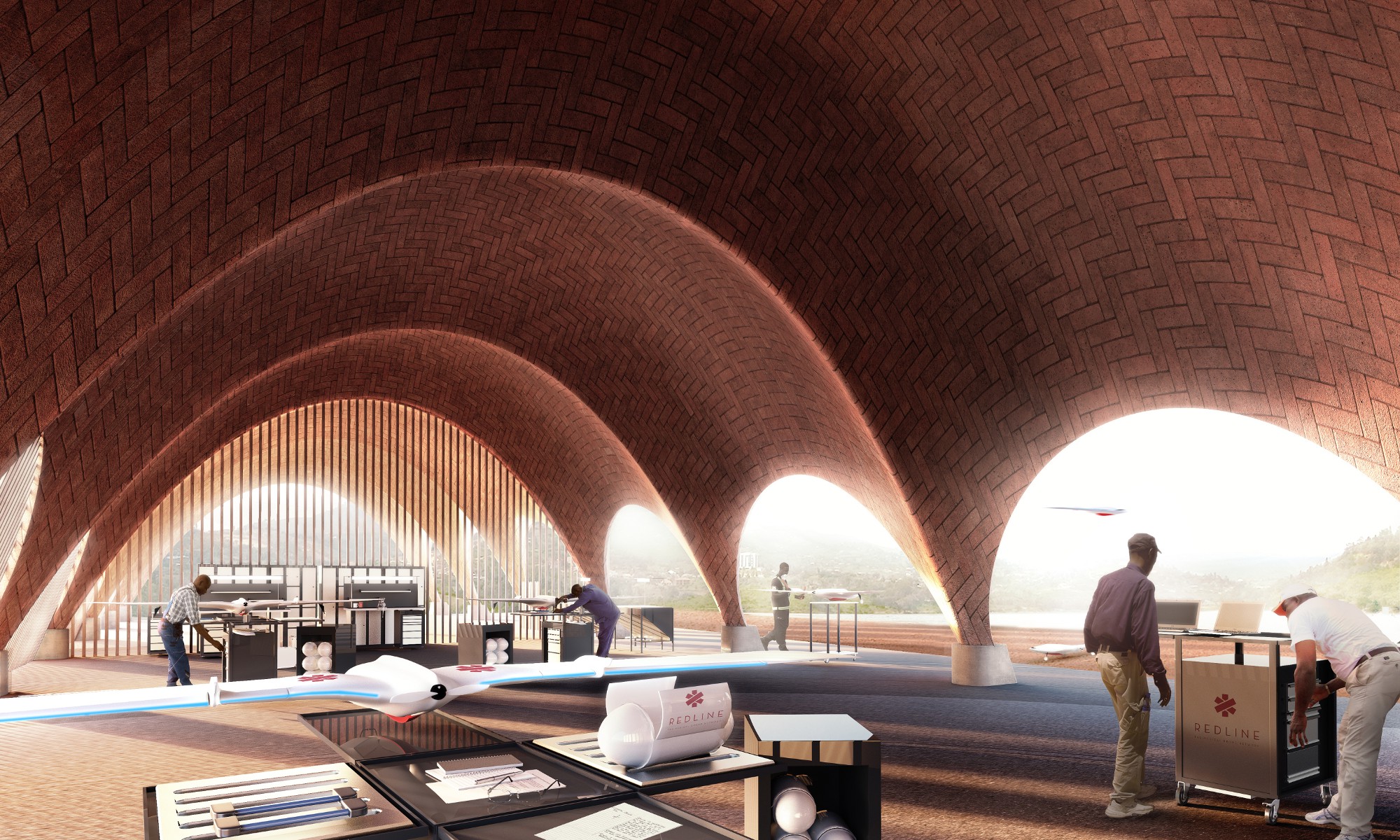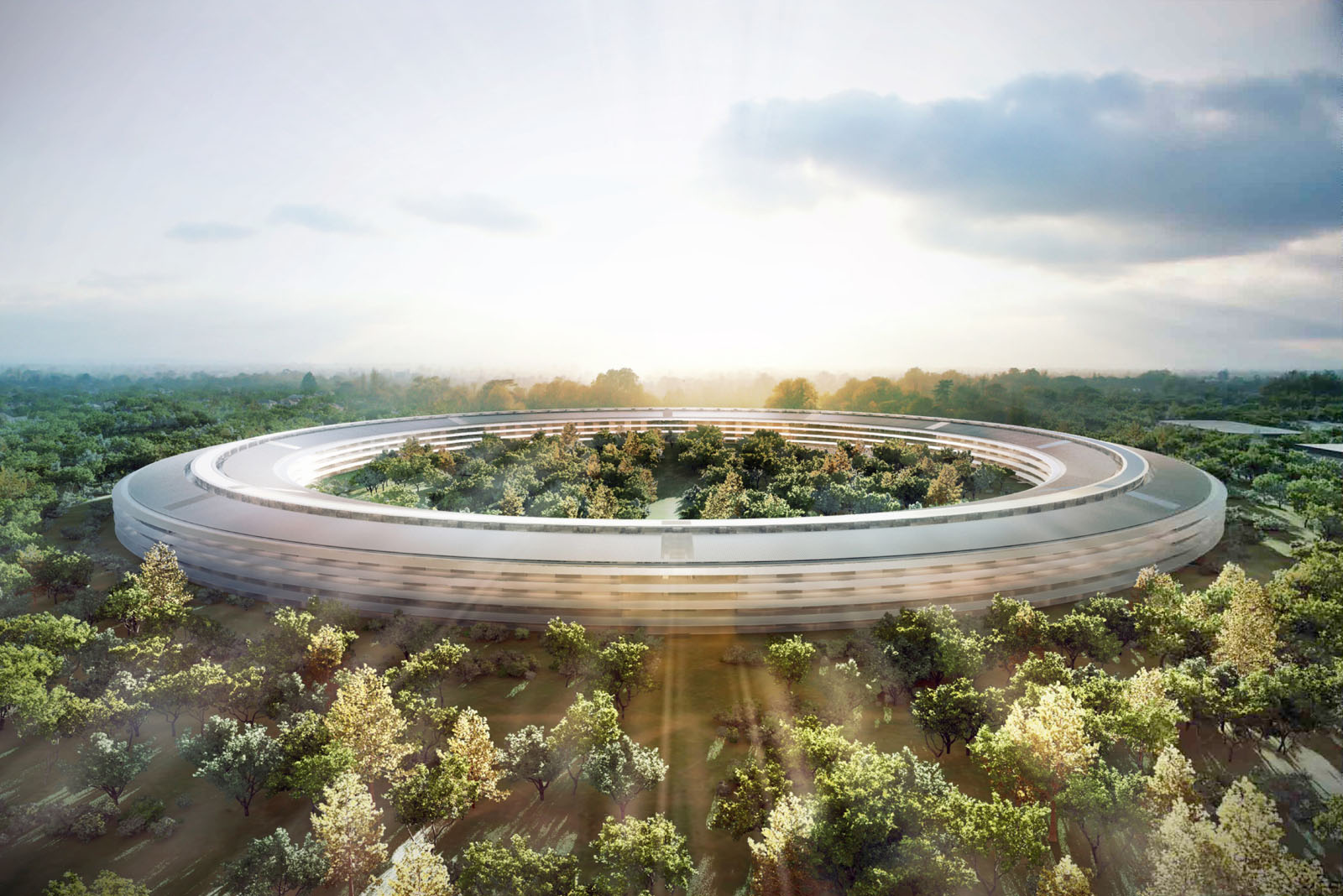In the Backchannel piece, “Our Robot Sky,” journalist/novelist J.M. Ledgard and architect Lord Norman Foster combine efforts to propose a series of inexpensive cargo droneports around the world, especially in fraught places in desperate need of life-saving supplies. Cheap, pilotless robot planes could handle the deliveries. The first such droneport is proposed for Rwanda and would cost roughly what a new gas station would.
From Foster’s section:
The droneport, where the sky touches the ground, is the critical element for a cargo drone route. No one has created rules for this new type of building. The opportunity to do just that is why I chose to support Redline as the very first project of the Norman Foster Foundation. Jonathan approached me and said, “Look, Norman, you’ve built the biggest airport in the world, now could you build the smallest.” The strange thing is that in ten years time the sum total of all these droneports in Africa will be bigger than the biggest airport in the world.
Our droneport holds to Buckminster Fuller’s maxim of doing more with less. It is grounded in detailed and first-hand study of isolated communities in Africa by Narinder Sagoo, a partner at the firm who has taken the lead on the project. It is very much informed by two previous projects: our 2012 Lunar Habitation for ESA, which binds lunar regolith by use of robots, and Narinder’s Sierra Leone school project, which introduces kit forms in combination with labour and intensive use of locally available materials.
Redline droneports should be affordable, clean energy civic buildings, with a strong visual presence.•



